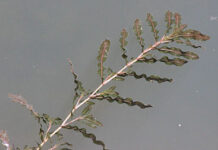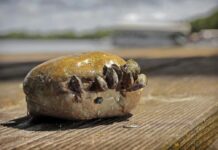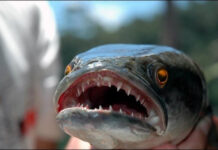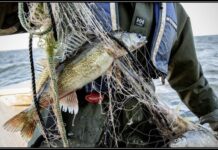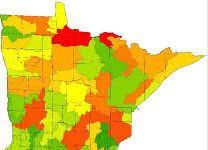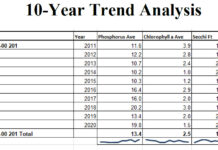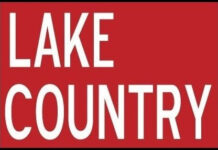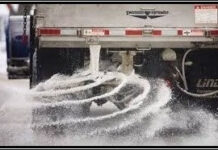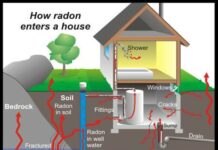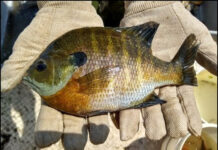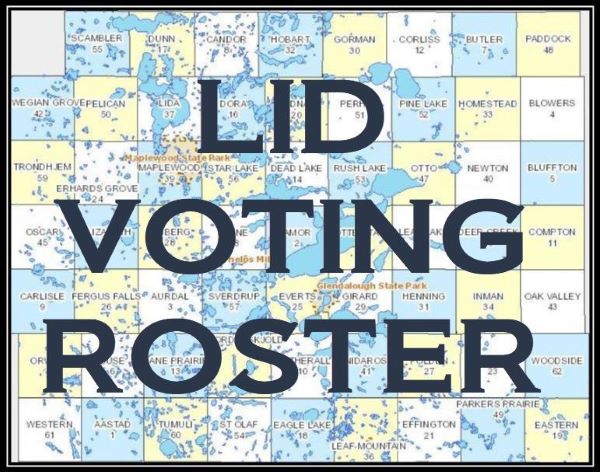For more information: lakehelp2@gmail.com
LID VOTING ROSTER CREATION
Lake Improvement Districts
A Minnesota Lake Improvement District (LID) is a local governmental unit, a political subdivision, established by resolution of a county board, city council or by the Commissioner of the Minnesota Department of Natural Resources (MN DNR). A LID allows for greater local involvement in lake management activities.
In its resolution establishing a LID, the county board delegates specific authorities to the LID. Each LID will likely be granted different levels of authority depending upon existing problems and proposed activities.
A LID is managed by a Board Of Directors (BOD) consisting of from 5 to 9 members. The initial BOD is appointed by the county board.
A LID must have an Annual Meeting. At the Annual Meeting property owners will be asked to vote on:
- Elections to fill midterm vacancies in the BOD
- Elections to fill BOD positions with expiring terms
- Approval of a budget for the next fiscal year
- Approve or disapprove proposed projects by the LID in excess of $5,000
- Appropriate Motions formally offered
Special Meetings of LID property owners can be called by the BOD. Special meetings will be convened for purpose of approval or disapproval of appropriate motions by vote of the LID property owners.
Counting votes for a LID requires that unique attributes be addressed. Common understanding of voting comes from the election of public officials or approving government measures. The eligibility of a voter is based on a standard of one-person, one-vote. Each eligible person has authority to register one vote (Voting Authority) for an election or a motion or measure. In a LID the Voting Authority needs to be based on a one-property, one vote standard. Determining a Voting Authority for a LID requires the definition of a Defined Property Entity and a Registered Owner Representative. The objective to analyzing available data is to determine a one-Defined Property Entity, one-Registered Owner Representative basis for equitable voting of LID Members
Considerations associated with determining a Defined Property Entity is that what is logically recognized as a property may include one Parcel or a group of Parcels. A Parcel is the designation of the smallest recognized contiguous piece of land. Parcels are identified by a PIN (Parcel Identification Number) number. It is generally accepted that it is impractical to allow a Voting Authority for each Parcel. There are numerous situations where dwellings or groups of buildings are placed on numerous Parcels or where Parcels merely exist by accident, e.g. an orphan small area between two major Parcels.
Determining a Registered Owner Representative also presents challenges. There are many situations where there is group ownership of a property. Examples are:
- There are multiple individuals listed on the deed
- The property is owned by a trust or partnership
- The property is owned by a corporation
- A husband and wife (very common) or other life partner desire to register one vote for the property and the LID accommodates this arrangement.
OTC Data
Otter Tail County maintains comprehensive accurate data on properties in the county. The data is available for a number of beneficial applications:
- Property management and tax assessments
- Required mailings to LID property owners for Annual Meetings
- Property Owner listings for Lake Association Directories
The data elements provided from OTC offer the best potential for establishing a protocol to distinguish a Defined Property Entity and provide a process to identify a Registered Owner Representative.
Column headings assist in describing data
- ClsDes1
- Category
- MP_Nbr1
- Subset of Category
- Choice
- MSortnm
- Mailing sort name
- MULT
- Interrogation of MSortnm for indicators of
multiple owners
- TST, LLC, Et AL, &
- Interrogation of MSortnm for indicators of
multiple owners
- PIN
- Parcel Identification Number
- PhyAdd1
- Physical address of property on the lake
The first major level of data is a Category.
- CHARITABLE INS – Charitable Institutions
- COMM LAND & BLDGS – Commercial land and buildings
- COMM SEAS REC RES – Commercial Seasonal Recreational Resorts
- MA & PA RESORTS – Ma and Pa Resorts
- MISC – NOT REPORTED – Miscellaneous, not reported
- MUNICIPAL PUB – OTHER – Municipal Public – Other
- NON-PROFIT COMM(NON)- Non profit Community
- PROP W/ZERO VALUE – Property with zero value
- RES 1-3 UNITS – Resorts with 1-3 units
- RESIDENTIAL – Residential
- SEASONAL RES REC – Seasonal Residence Recreational
- STATE ACQUIRED – State Acquired
CHARITABLE INS
Owners of properties in the Charitable Institution Category will register an individual with the LID Secretary to be the Representative Property Owner to the LID.
COMM LAND & BLDGS
Owners of properties in the Commercial land and buildings Category will register an individual with the LID Secretary to be the Representative Property Owner to the LID. Defined Property Entities are each assigned a different MP_Nbr1 code.
COMM SEAS REC RES
Owners of properties in the Commercial Seasonal Recreational Resorts Category will register an individual with the LID Secretary to be the Representative Property Owner to the LID.
MA & PA RESORTS
Owners of properties in the Ma & Pa Resorts Category will register an individual with the LID Secretary to be the Representative Property Owner to the LID. Defined Property Entities are each assigned a different MP_Nbr1 code.
MISC – NOT REPORTED
No Registered Property Owner
MUNICIPAL PUB – OTHER
No Registered Property Owner
PROP W/ZERO VALUE
No Registered Property Owner
RES 1-3 UNITS Residential or Resort?
Some MSortnm show multiple PINs. They appear to be adjacent PINs. If PINs are adjacent, all of the PINs should be grouped together for one Voting Authority.
MULT indicates if there may be more than one person eligible to be the Registered Property Owner for the Defined Property Entity.
RESIDENTIAL
- RESIDENTIAL refers to “Homestead” properties. They refer to the primary residence for taxing purposes.
- If MP_Nbr1>0 or Choice1> 000
- Each MP_Nbr1 identifies a Representative Property Owner
- MULT indicates if there may be more than one person eligible to be the Registered Property Owner for the Defined Property Entity.
SEASONAL RES REC
- SEASONAL RES REC refers to non-“Homestead” properties and not considered the primary residences for taxing purposes.
- Where there are multiple PINs for MSortnm, the PINs need to be reviewed to see if they are adjacent to one another. Where PINs are adjacent they should be grouped together for one VOTING AUTHORITY. Where they are not adjacent (for example the same MSortnm may have properties on opposite sides of the lake), Each PIN or groups of PINS that are adjacent will each be given one VOTING AUTHORITY.
- MULT indicates if there may be more than one person eligible to be the Registered Property Owner for the Defined Property Entity

